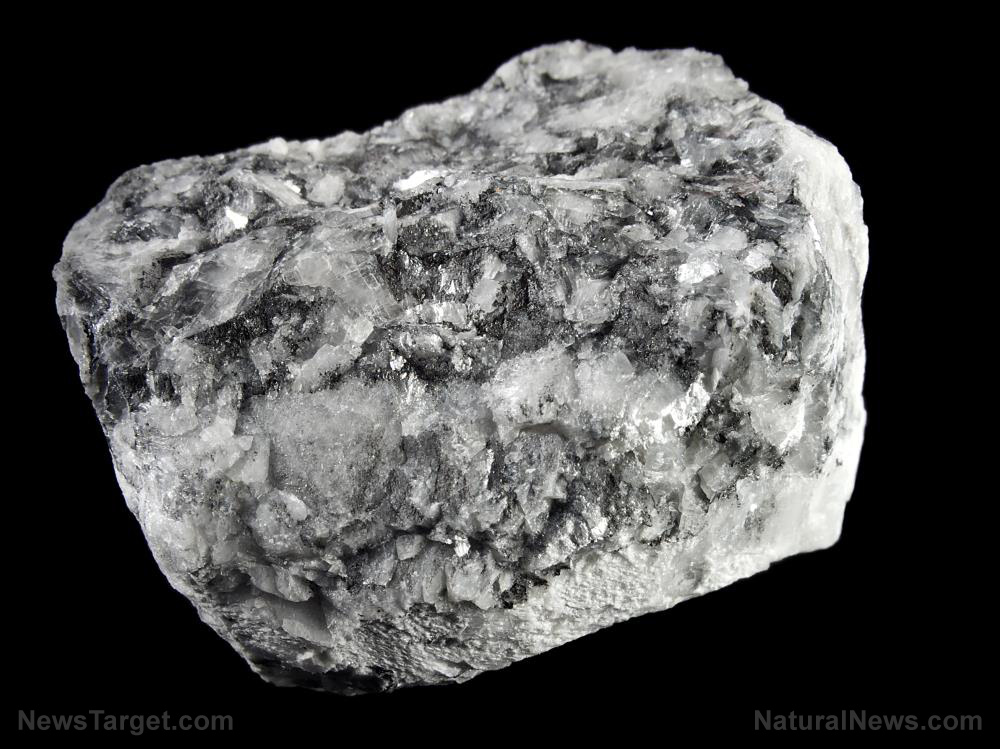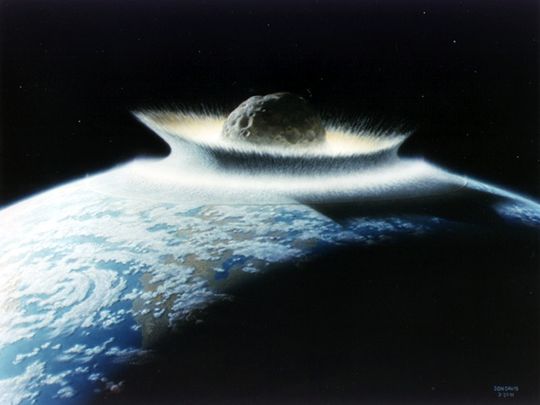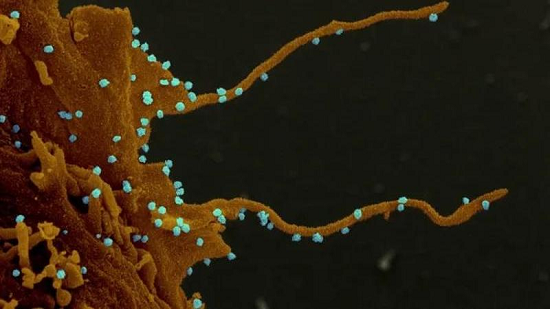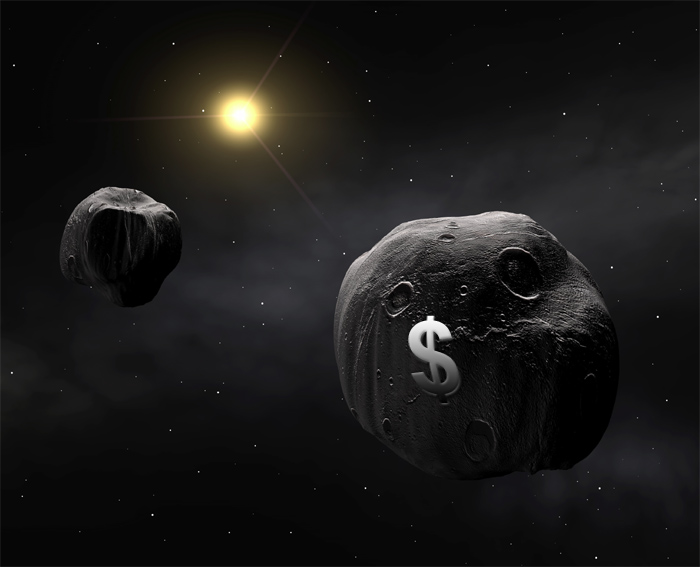Crystal gems found in extreme igneous rocks could form within hours, study suggests
10/09/2020 / By Virgilio Marin

Researchers from Rice University in Texas and the University of California, Riverside have found that gems can grow within hours inside extreme igneous rocks called pegmatites, instead of the thousands of years they usually take to form.
In a study published in the journal Nature, the researchers described how they examined sample crystals from a pegmatite mine in Southern California. Using these samples, they built a mathematical model that allowed them to compute the crystals’ growth rates based on their chemical profiles.
Some of the crystals were half an inch wide and over an inch long. These, according to lead author Patrick Phelps, grew in a matter of hours. And it appeared that even larger crystals similarly formed in such short a time.
“[There] is nothing to suggest the physics would be different in larger crystals that measure a meter or more in length,” said Phelps, who teaches at the Department of Earth, Environmental and Planetary Sciences at Rice.
“Based on what we found, larger crystals like that could grow in a matter of days,” he added.
Crystal size linked to cooling time
Crystals have a highly ordered arrangement of atoms. Those embedded in igneous rocks, or rocks formed when magma or lava has cooled and solidified, are created when they get heated enough that atoms of different elements move freely. Eventually, these atoms cluster together and settle into an arranged pattern, leading to crystal growth.
These processes, however, usually take place over hundreds to thousands of years.
“In magmatic minerals, crystal size is traditionally linked to cooling time,” added co-author Cin-Ty Lee, Phelps’s colleague at Rice. Rock from erupted lava, for example, only contains microscopic crystals because they cool rapidly. Meanwhile, rocks that formed beneath Earth’s surface typically feature larger crystals about a centimeter or so in size.
Yet pegmatites, which are sources of gems like aquamarine and emerald, as well as rare earth elements like tantalum and niobium, cool within just a few years and have some of the largest crystals on Earth. In fact, part of the reason they’re called “extreme” igneous rocks is because of their exceptionally large crystals.
In South Dakota’s Etta mine, for instance, miners unearthed pegmatites with log-sized chunks of spodumene, a mineral ore rich in lithium. One was 42 feet long and weighed 37 tons.
The three-year study was an attempt to answer how such large crystals could have formed in pegmatites.
Water is key during crystallization
What could explain the size of the crystals in pegmatites is the presence of water. As a portion of Earth’s crust cools and gets pulled down into the molten mantle, water trapped in the crust becomes part of the melt.
“Eventually, you get so much water left over that it becomes more of a water-dominated fluid than a melt-dominated fluid,” said Phelps.
A water-dominated fluid is less dense and allows atoms to move around more freely. Therefore, the atoms in the water-dominated melt come together more quickly, allowing the crystals to grow faster. (Related: Scientists find evidence of a rare mineral on a tiny South African diamond.)
The researchers further investigated the factors affecting crystallization in pegmatites. Using cathodoluminescence microscopy and laser ablation with mass spectrometry, they measured the amount of trace elements incorporated into the crystal matrix or the fine-grained material in which crystals are embedded.
Combined with previous research, they found three variables: the partition coefficient, or the likelihood of substances “getting brought in”; the growth rate, or how fast the crystal is growing; and the diffusivity, or how quickly additional elements are brought to the crystal.
At first, Phelps didn’t think the findings were right. He expected crystal growth rates spanning a thousand years. But they got evidence suggesting large crystals form within days or hours. And no matter how much they scrutinized their findings, Phelps said they couldn’t come up with a reason why it’s not possible.
Read more science articles exploring deep-Earth processes at Scientific.news.
Sources include:
Tagged Under: breakthrough, cool science, crystallization, discoveries, earth science, gems, igneous rocks, magma, mineral crystals, mining, pegmatites, physics, rare earth minerals, research
RECENT NEWS & ARTICLES
COPYRIGHT © 2017 REAL SCIENCE NEWS




















